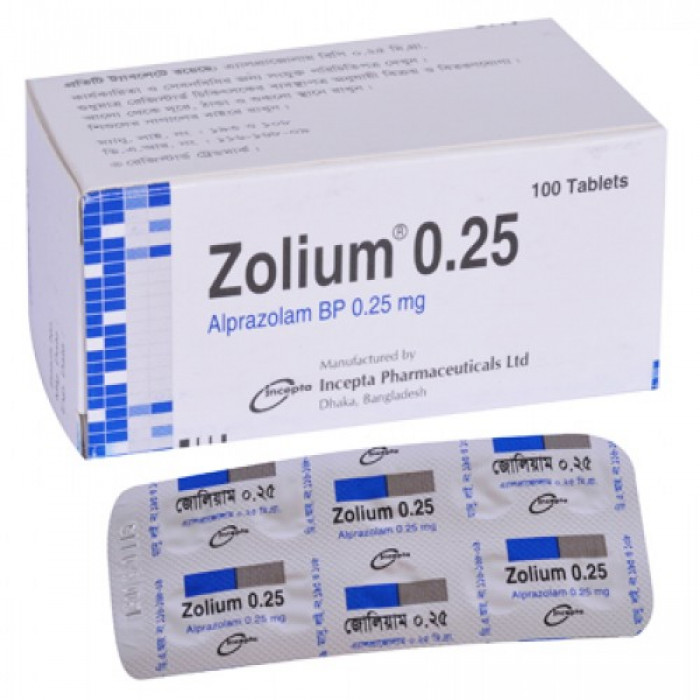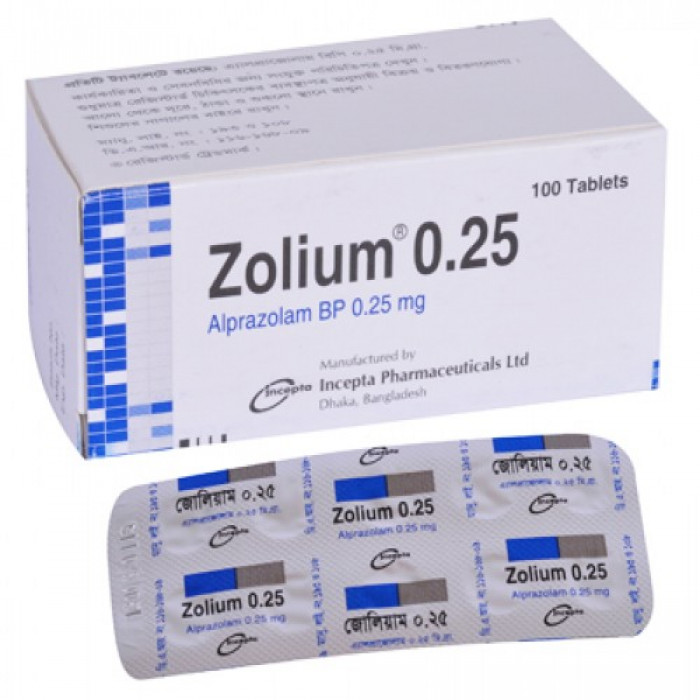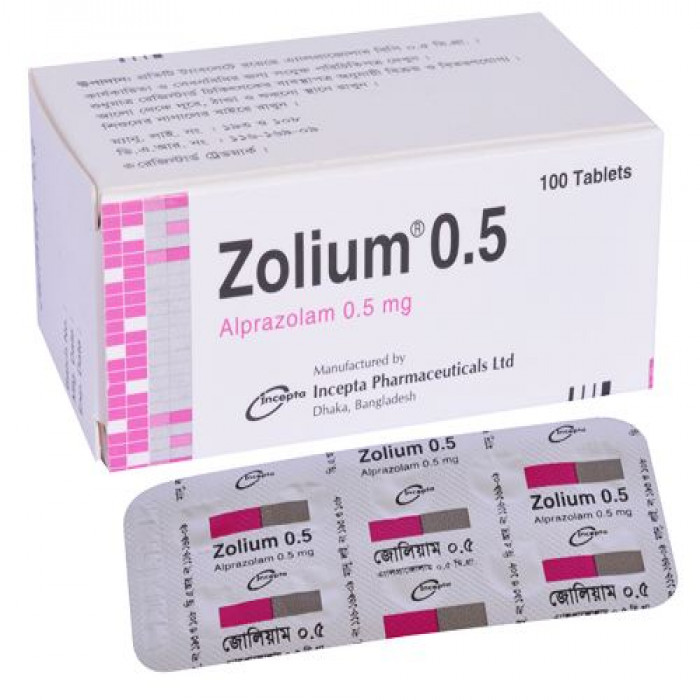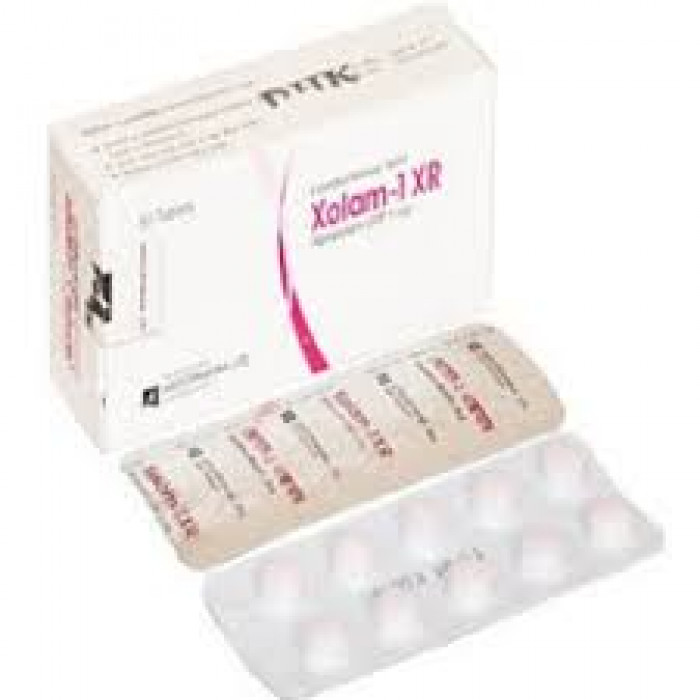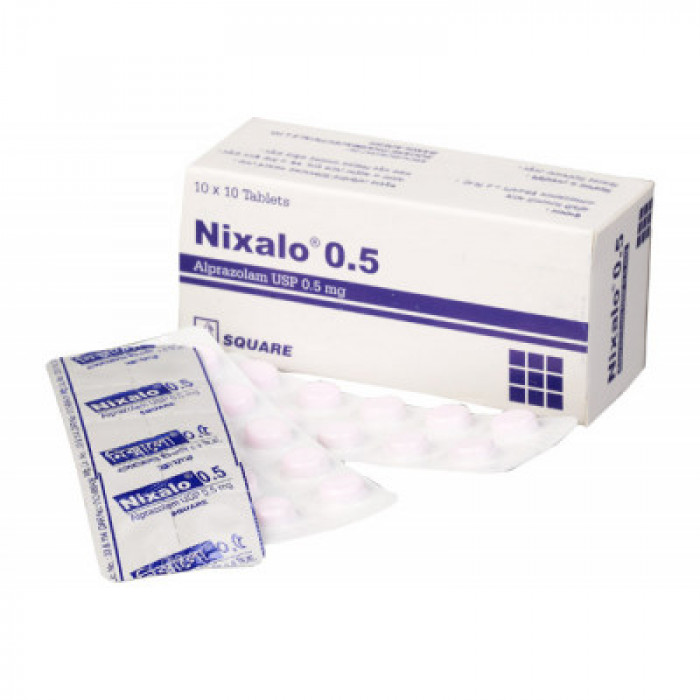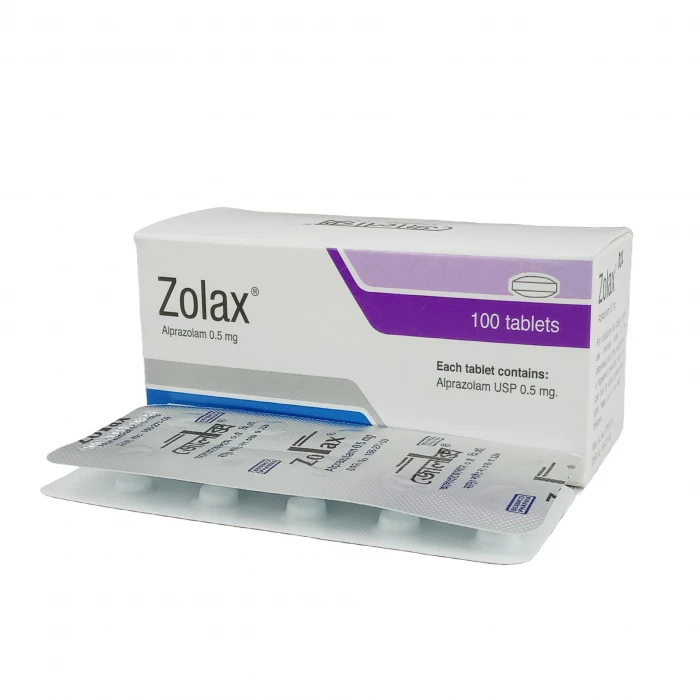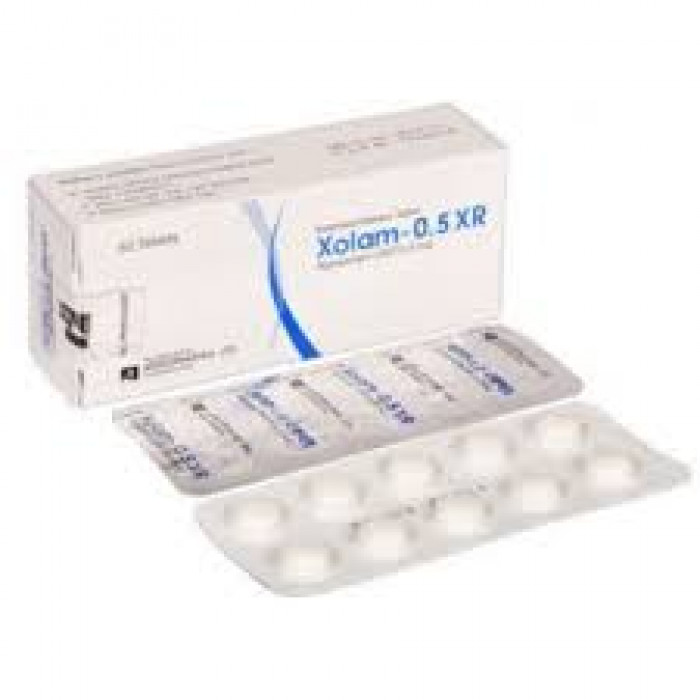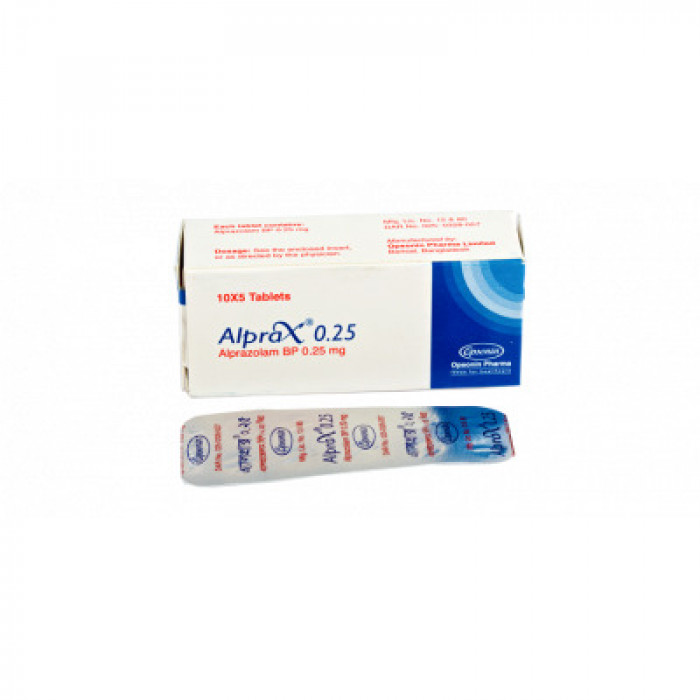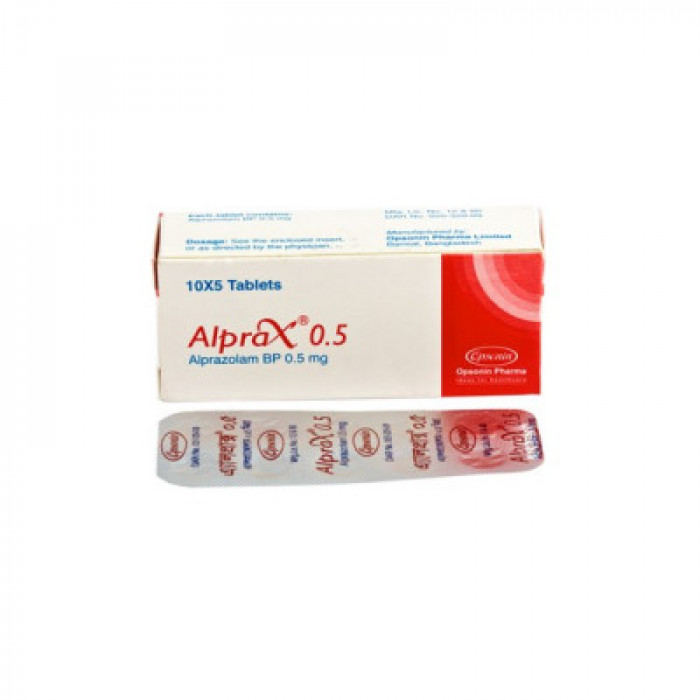
✔ 100% Authentic Product
👁️ Currently Viewing 2422
Tablet Manufacturer/Distributor: Opsonin Pharma Limited Generic Name: Alprazolam .5 mg Tablet
📄Prescription Required
Discount
Price: ৳ 19
MRP:
৳
20.1
5%
Off

100% Genuine Products, Guaranteed

Safe & Secure Payments, Always

Fast, Secure & Efficient Delivery

Proper Packaging
 Cash on Delivery - All over Bangladesh
Cash on Delivery - All over Bangladesh Regular Delivery - 12-24 Hours, Dhaka City* Charge Tk.39-59
Regular Delivery - 12-24 Hours, Dhaka City* Charge Tk.39-59 Regular Delivery - 24-48 Hours, Other Cities* Charge Tk.99-110
Regular Delivery - 24-48 Hours, Other Cities* Charge Tk.99-110
 ফ্রি ডেলিভারিঃ - ৯৯৯ টাকা+ অর্ডারে, ঢাকা
শহরে
ফ্রি ডেলিভারিঃ - ৯৯৯ টাকা+ অর্ডারে, ঢাকা
শহরে ফ্রি ডেলিভারিঃ - ২৯৯৯ টাকা+ অর্ডারে, ঢাকার
বাহিরে
ফ্রি ডেলিভারিঃ - ২৯৯৯ টাকা+ অর্ডারে, ঢাকার
বাহিরে
100% Genuine Products, Guaranteed
Safe & Secure Payments, Always
Fast, Secure & Efficient Delivery
Proper Packaging
 Cash on Delivery - All over Bangladesh
Cash on Delivery - All over Bangladesh Regular Delivery - 12-24 Hours, Dhaka City* Charge Tk.39-59
Regular Delivery - 12-24 Hours, Dhaka City* Charge Tk.39-59 Regular Delivery - 24-48 Hours, Other Cities* Charge Tk.99-110
Regular Delivery - 24-48 Hours, Other Cities* Charge Tk.99-110 ফ্রি ডেলিভারিঃ - ৯৯৯ টাকা+ অর্ডারে, ঢাকা
শহরে
ফ্রি ডেলিভারিঃ - ৯৯৯ টাকা+ অর্ডারে, ঢাকা
শহরে ফ্রি ডেলিভারিঃ - ২৯৯৯ টাকা+ অর্ডারে, ঢাকার
বাহিরে
ফ্রি ডেলিভারিঃ - ২৯৯৯ টাকা+ অর্ডারে, ঢাকার
বাহিরে
✅ Description:
Indications of Alprax 0.5
Alprazolam is indicated in-
- Anxiety disorder
- Short term relief of anxiety
- Anxiety associated with depression
- Panic disorder, with or without agoraphobia.
Pharmaceutical Name
Pharmacology
Alprax 0.5 could be a triazole analog of the 1,4-benzodiazepine course of drugs. It is an anxiolytic with sleep inducing and anticonvulsive properties. Alprazolam is assumed to deliver its impacts by means of association with the Gamma Aminobutyric Corrosive (GABA)- benzodiazepine receptor complex. Like all benzodiazepines, it causes a dose-related CNS depressant movement changing from gentle disability of errand execution to entrancing.
Administration & Dosage
Treatment should be initiated with a dose of 0.25 to 0.5 mg three times daily. Depending on the response, dose may be increased at intervals of 3 to 4 days in increments of no more than 1 mg/day. The maximum dose should not exceed 4 mg/day. Occasional patients with panic disorder may need as much as 10 mg a day to achieve a successful response and in these cases periodic reassessment and consideration of dosage adjustment is required.
Dosage should be individualized for maximum beneficial effect with the lowest possible dose. If side-effects occur at starting dose, dose may be lowered. When discontinuing therapy, dosage should be reduced gradually by no more than 0.5 mg every three days.
In elderly patients or in patients with advanced liver disease, the usual starting dose is 0.25 mg, two or three times daily and may be gradually increased if needed and tolerated.
Alprazolam 1 mg should be administered once daily, preferably in the morning by patients who are on multiple dosage regimens of Alprazolam 0.25/0.5 mg. The tablets should be taken intact, they should not be chewed, crushed, or broken.
Interaction
The CNS-depressant action of Alprazolam may be aggravated by concomitant use of other psychotropic drugs, anticonvulsants, antihistaminics, alcohol and oral ontraceptives.
Side Effects of Alprax 0.5
Side effects, if occur, are generally observed at the beginning of therapy and usually disappear upon continued medication. The most frequent side effects are drowsiness and light-headedness. The other side effects, that may occur include depression, headache, confusion, dry mouth, constipation, etc.
Pregnancy & Lactation
The risks and benefits of treating a pregnant woman with Escitalopram during the third trimester should be carefully considered by the physician. It's passed through human breast milk. The risk of citalopram exposure for the infant and the benefits of Escitalopram treatment should be considered when deciding whether to continue or stop nursing or Escitalopram therapy.
Precautions & Warnings
In patients with epilepsy (avoid if poorly controlled, discontinue if convulsions develop), concurrent electroconvulsive therapy (prolonged seizures reported with fluoxetine), history of mania, cardiac disease, diabetes mellitus, angle-closure glaucoma, concomitant use of drugs that increase bleeding risk, and history of bleeding disorders, SSRIs should be used with caution.
Therapeutic Class
SSRIs and other antidepressant medications
Storage Conditions
Protect from light and moisture by storing below 30°C. Keep the medicine out of children's reach.
⚠️Disclaimer:
At ePharma, we’re committed to providing accurate and accessible health information. However, all content is intended for informational purposes only and should not replace medical advice from a qualified physician. Please consult your healthcare provider for personalized guidance. We aim to support, not substitute, the doctor-patient relationship.




